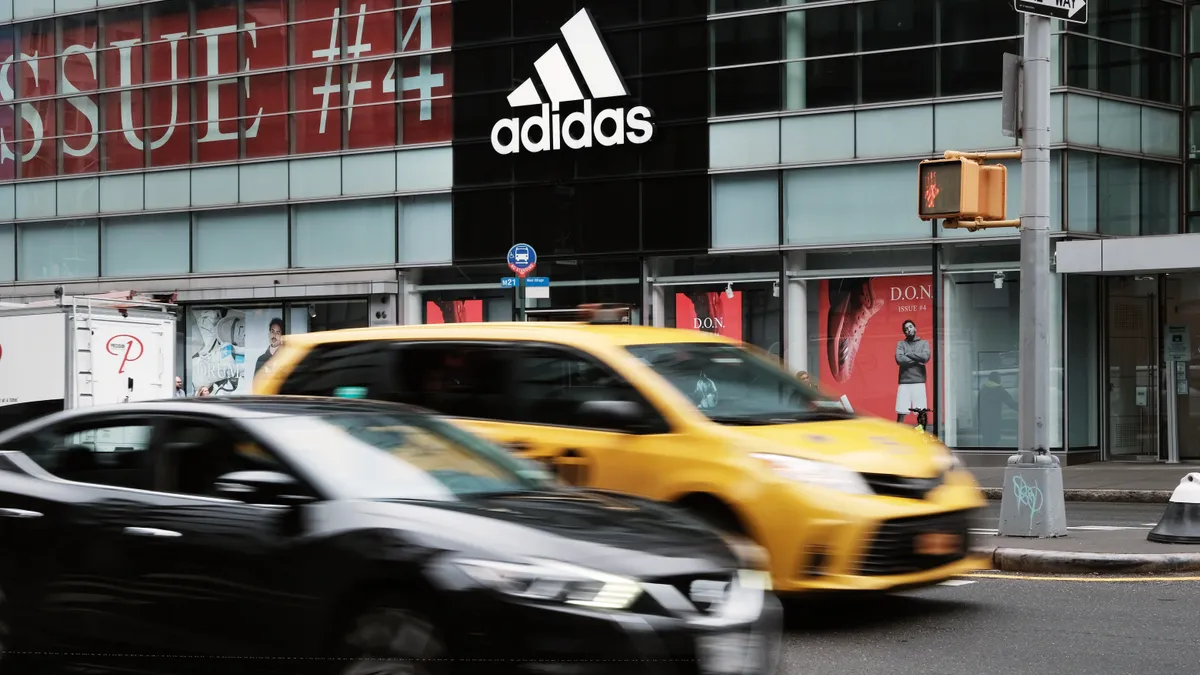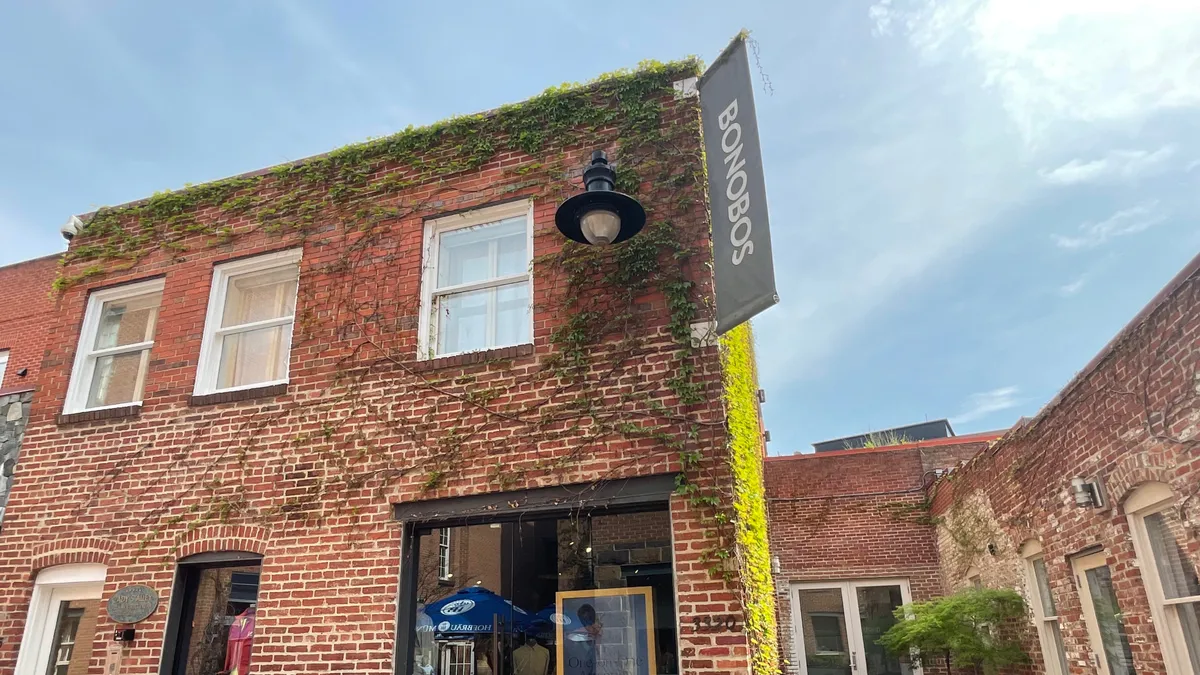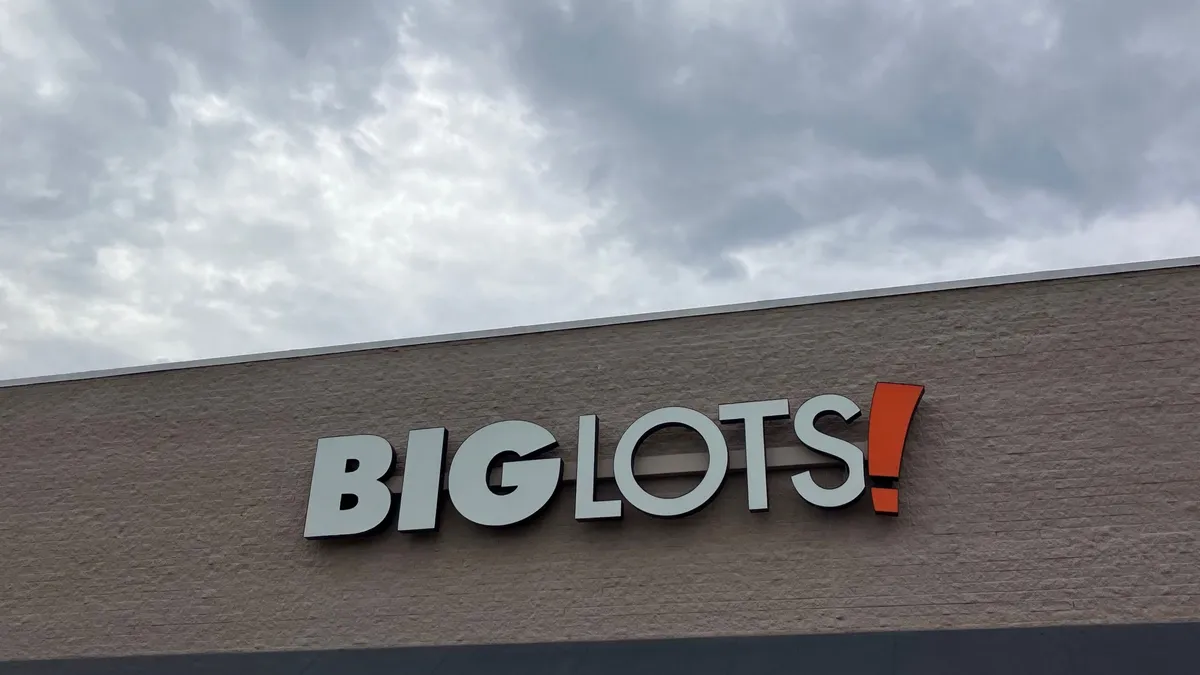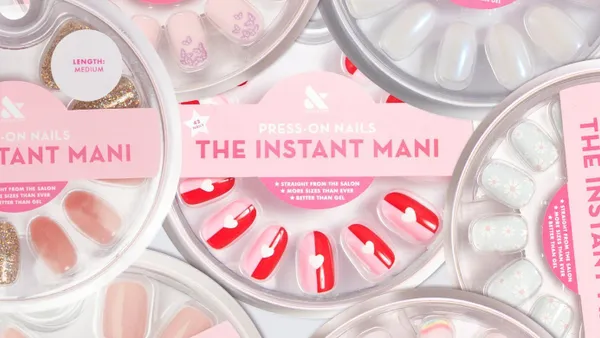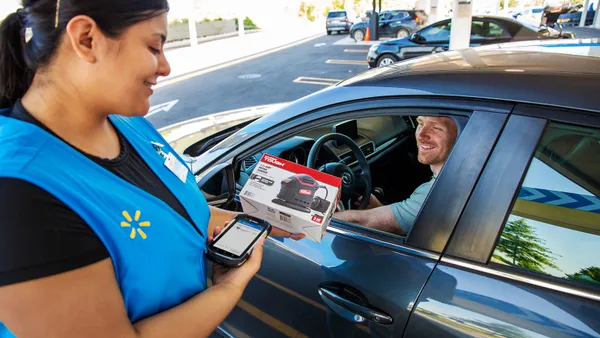Dive Brief:
- In another sign of its shifting fortunes, Adidas reported Q2 revenue grew 9% to 5.8 billion euros ($6.4 billion), according to preliminary results released Tuesday.
- The increase marks the second consecutive quarter of growth after a disappointing 2023 that saw sales fall nearly 5% and its first annual net loss in three decades. Operating profit also improved in Q2, surging almost 97% to 346 million euros, including 50 million euros from the sale of Yeezy inventory.
- As a result of the positive numbers, Adidas raised its guidance for the second time this year, now expecting currency-neutral revenue to increase at a high-single-digit rate and for operating profit to reach 1 billion euros instead of 700 million euros.
Dive Insight:
Adidas’ underlying business is showing signs of improvement as the company works through the last of its Yeezy inventory. Excluding Yeezy sales from this year and last, for example, currency-neutral sales were up by an even greater 16% in Q2.
Wedbush analysts Tom Nikic and Matt Quigley also noted that while Adidas released more than 100 different Yeezy styles in Q2 this year, versus just “a handful” last year, Yeezy revenue was down almost 50% year over year. That reflects “a much lower number of pairs per style and some discounting (some styles were offered at 50% off, previously unheard-of for Yeezy).” The company sold less than 200 million euros of Yeezy this quarter, the analysts noted, compared to around 400 million euros in the year-ago period.
“Thus, it appears that most of the high-quality Yeezy inventory has been moved, and the remaining pairs represent the ‘tail’ of the assortment,” the analysts said in emailed comments.
For the year ahead, Adidas expects just 150 million euros in sales from its remaining Yeezy inventory, and for the merchandise to be sold on average “at cost,” resulting in no boost to Adidas’ profits. The athletics retailer reported a 50.8% gross margin, roughly flat to last year, but highlighted significant improvements in its underlying margins thanks to better sell-throughs, reduced discounting and lower sourcing costs.
The retailer, which has lost steam in recent years as Nike has surged ever further ahead, may be in a good spot to take share from its rival, which is now backpedaling from a DTC strategy that swung too far away from wholesale. Nikic and Quigley noted strength across Adidas’ business, with high brand heat from products like the Samba and the Gazelle.
“From a channel perspective, sell-throughs have been strong at both DTC and wholesale, and given that major wholesale partners are eager to find growth drivers, Adidas is being rewarded with strong wholesale orders,” the analysts wrote.



